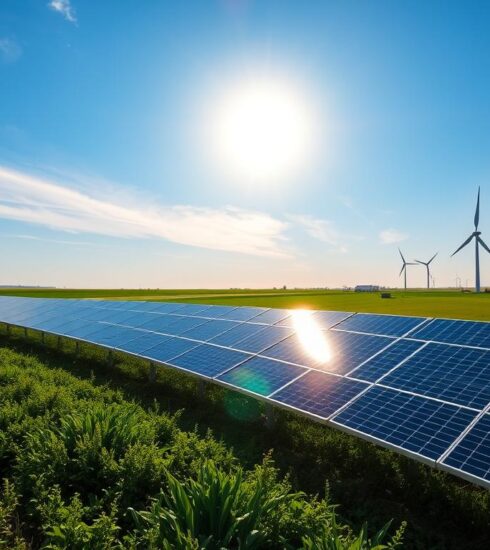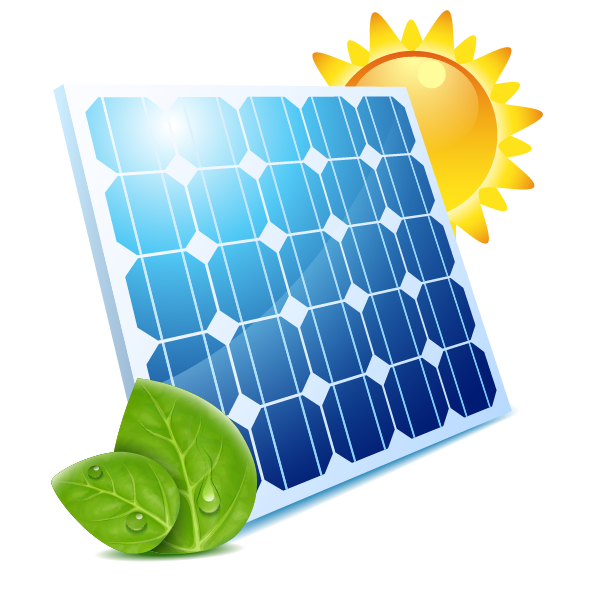As solar energy becomes more popular, homeowners are exploring different ways to go solar without breaking the bank. One of the most common financing options is a Power Purchase Agreement (PPA). But like any contract, a PPA comes with both benefits and drawbacks. Before signing on the dotted line, it’s important to understand how it works and whether i
As solar energy becomes more popular, homeowners are exploring different ways to go solar without breaking the bank. One of the most common financing options is a Power Purchase Agreement (PPA). But like any contract, a PPA comes with both benefits and drawbacks. Before signing on the dotted line, it’s important to understand how it works and whether it’s the right fit for your home.

A Solar Power Purchase Agreement (PPA) is a contract where a solar company installs and owns the solar panels on your property, and you agree to purchase the electricity they produce at a set rate (usually lower than your utility’s rates).
In simple terms:
The solar company takes care of installation, maintenance, and repairs.
With a PPA, you don’t need to invest thousands of dollars to install a solar system. The provider covers the installation costs, making solar accessible for more homeowners.
Since PPAs usually offer electricity at a cheaper rate than utility companies, you’ll start saving money on your energy bills from day one.
The solar company owns the system, so they’re responsible for monitoring, maintenance, and repairs—saving you the hassle and expense.
You get to enjoy the environmental benefits of renewable energy—reducing your carbon footprint and supporting clean energy—without the large investment.
Many PPAs come with different term lengths (15–25 years), giving you options to fit your long-term plans.
Since you don’t own the panels, you don’t qualify for tax credits or solar incentives like the Federal Investment Tax Credit (ITC).
Most PPAs are long contracts (15–25 years). If you move, you may have to transfer the PPA to the new homeowner, which can complicate a home sale.
Some PPAs include an annual price escalator (e.g., 2–3% per year). This means your electricity rate may rise over time, possibly reducing savings.
Owning a solar system can increase property value, but with a PPA, the panels belong to the provider, so the value boost is minimal.
Since the solar company owns the system, you have little say in panel choice, system upgrades, or how the setup looks on your roof.
A solar PPA may be a great choice if:
But if you want to maximize long-term savings, claim tax credits, and boost your home value, purchasing or financing your own solar panels might be a better fit.

Solar PPAs make renewable energy more affordable and accessible, but they’re not a one-size-fits-all solution. Before deciding, compare PPA vs. solar loans vs. outright purchase to see which option aligns with your financial goals and lifestyle.